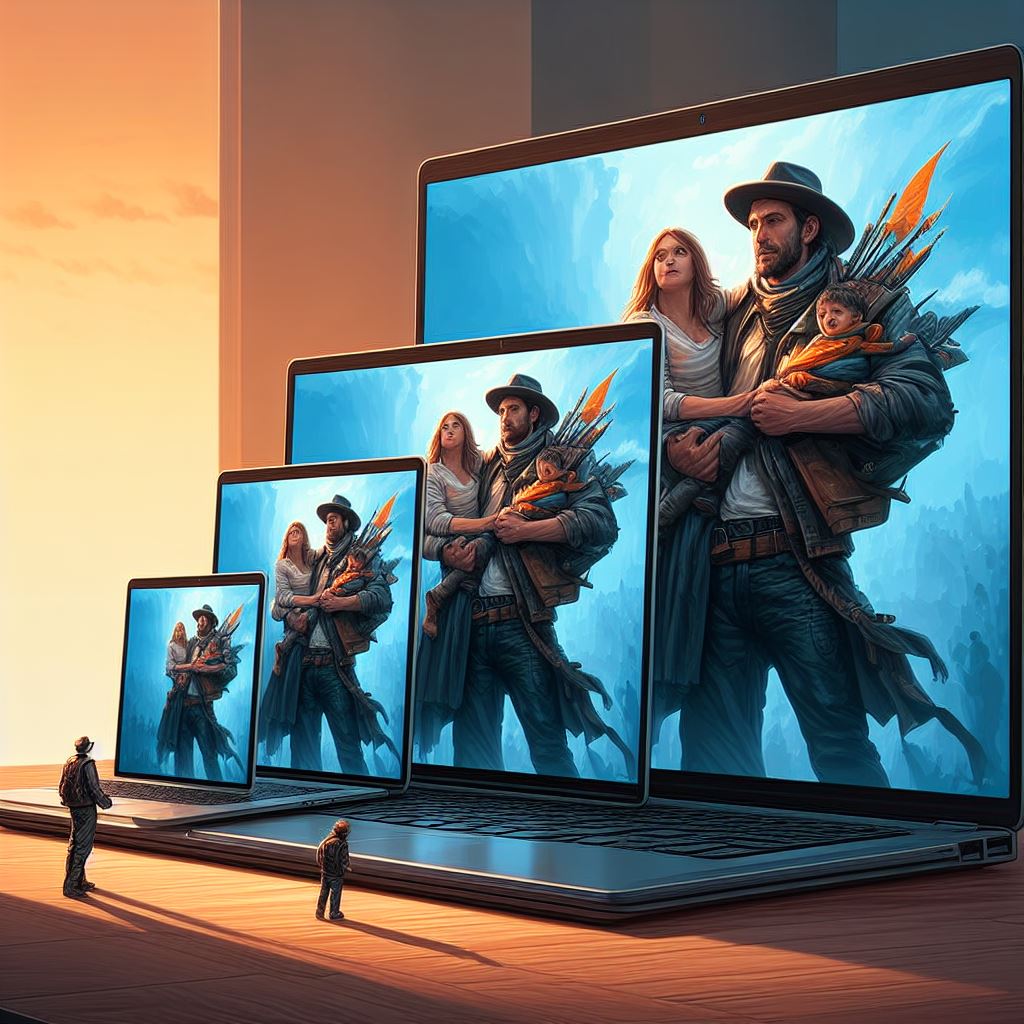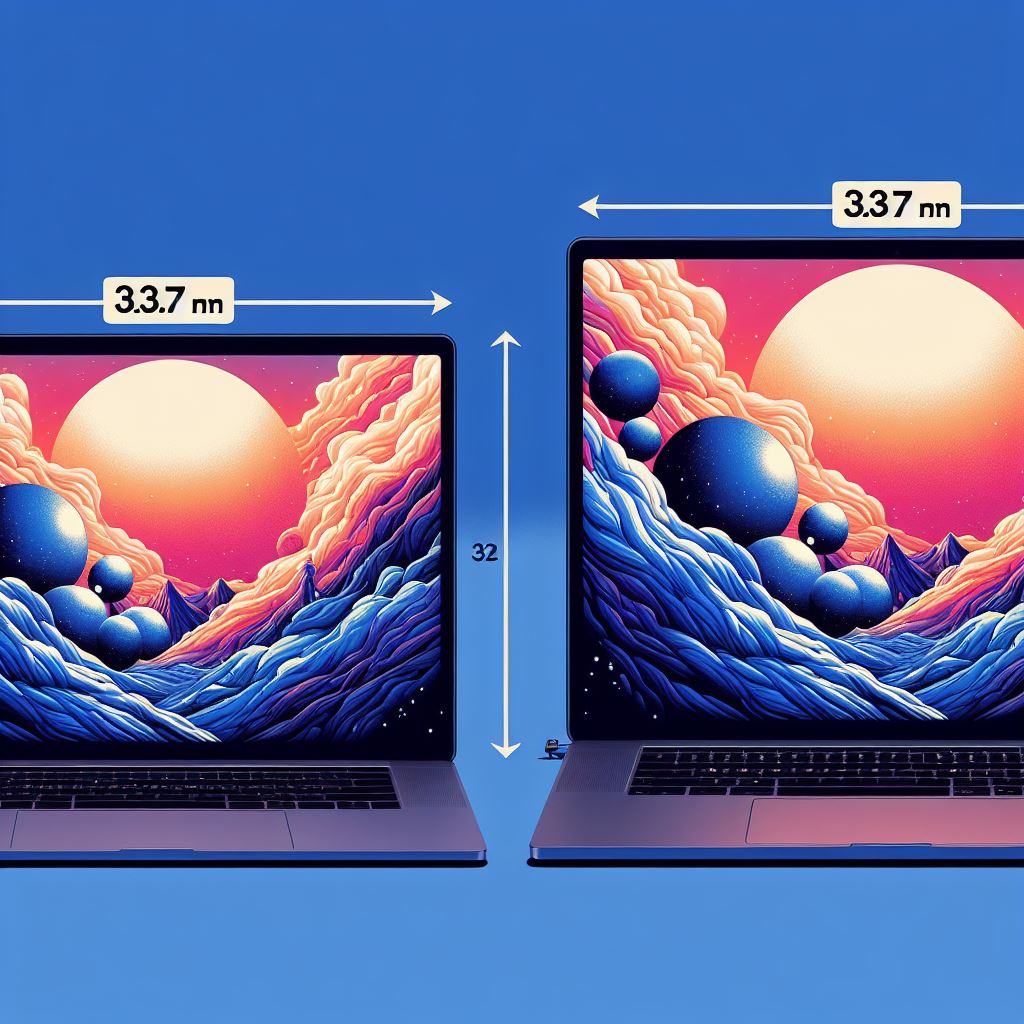Demystifying Laptop Screen Sizes: How Are They Really Measured?
Introduction:
Laptops come in various shapes and sizes, each catering to different user preferences and needs. A crucial aspect that influences the overall user experience is the size of the laptop screen.
But have you ever wondered how manufacturers measure and determine the dimensions of these screens? Let's delve into the intricacies of laptop screen size measurements to unravel the mystery.
How do you measure laptop screen size?
Q: What is the standard unit of measurement for laptop screens?
A: Laptop screens are measured diagonally, from one corner to the opposite corner. The unit of measurement is inches, just like the screen on your TV or smartphone.

Q: Why is the diagonal measurement used?
A: The diagonal measurement provides a standardized way to compare displays with different aspect ratios. Whether a laptop has a traditional 4:3 aspect ratio or a more modern 16:9 aspect ratio, diagonal measurement ensures a consistent reference point for users.

Q: Do manufacturers include the bezel when measuring screen size?
A: No, the screen size is normally measured excluding the bezel. Manufacturers focus on the actual viewing area, ensuring that users have an accurate representation of the visual space they will be working with.
Understanding aspect ratios:
Q: What is an aspect ratio and how does it affect the perceived size of a laptop screen?
A: The aspect ratio is the ratio between the width and height of the screen. For example, an aspect ratio of 16:9 means that for every 16 units of width, there are 9 units of height. Different aspect ratios can make a screen appear wider or taller, which influences the overall viewing experience.

Q: Are there standard aspect ratios for laptops?
A: While there is no strict standard, the most common aspect ratios for laptops are 16:9 and 16:10. The 16:9 ratio is popular for multimedia consumption, while the 16:10 ratio is preferred by professionals who need additional vertical space for productivity.

Resolution matters:
Q: Does screen resolution affect how size is perceived?
A: Yes, screen resolution plays a crucial role in determining the clarity and sharpness of the screen. Higher resolutions, such as Full HD (1920 x 1080) or 4K (3840 x 2160), on a larger screen provide a more detailed and immersive viewing experience.

Q: Can two laptops with the same screen size have different resolutions?
A: Absolutely. Two laptops with the same diagonal screen size can have different resolutions, which affects pixel density and overall visual quality. It is essential to take both the size and resolution of the screen into account when choosing a laptop.

Practical considerations:
Q: How does screen size affect portability?
A: Larger screens typically lead to larger, heavier laptops. If portability is a priority, consider a smaller screen size for a more compact and lightweight device.

Q: Is there an ideal screen size for specific tasks?
A: The ideal screen size depends on individual usage and preferences. Smaller screens (13 to 14 inches) are typically preferred for portability, while larger screens (15 to 17 inches) are popular for gaming and content creation.
Conclusion:
Understanding how laptop screen sizes are measured allows users to make informed decisions when selecting a device. The combination of diagonal measurement, aspect ratio and resolution creates a unique viewing experience for each laptop.

Whether you prioritize portability, multimedia consumption, or productivity, careful consideration of these factors will guide you toward the perfect laptop screen size for your needs.
